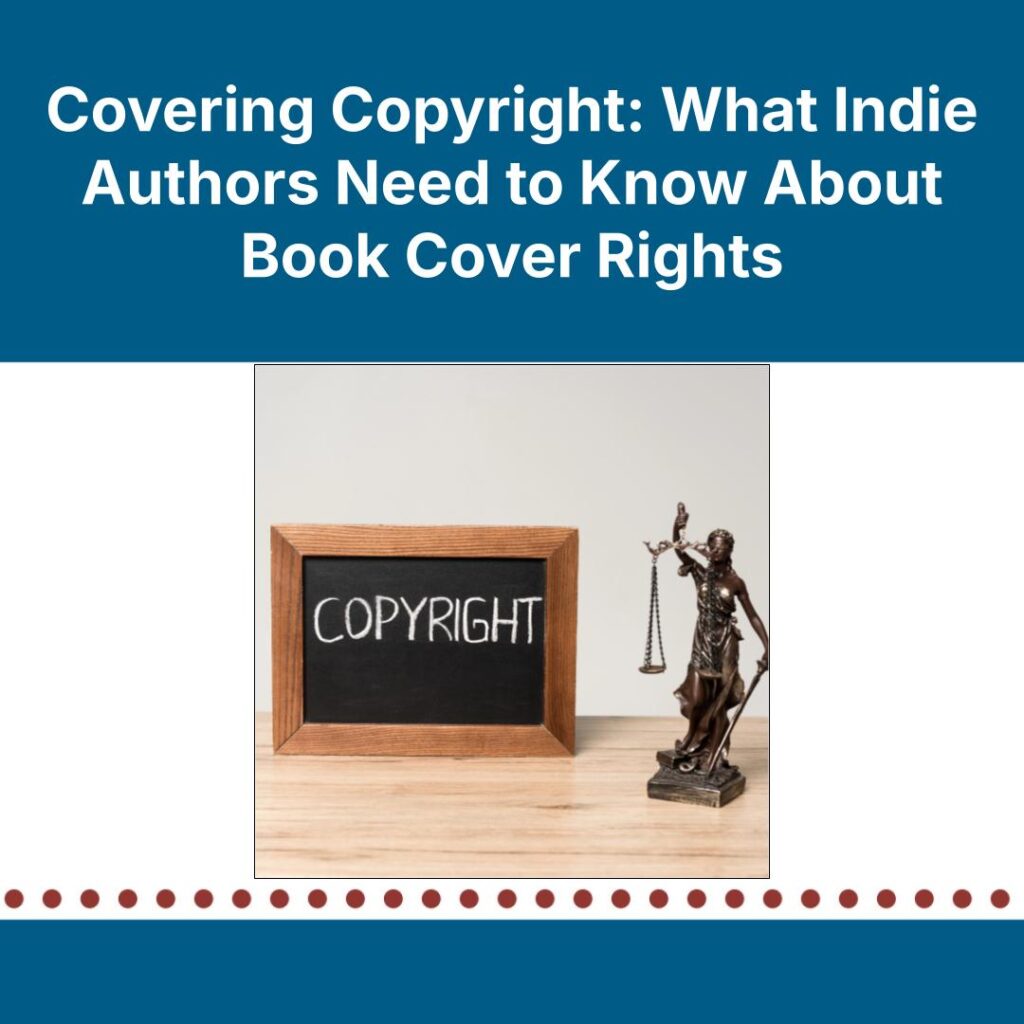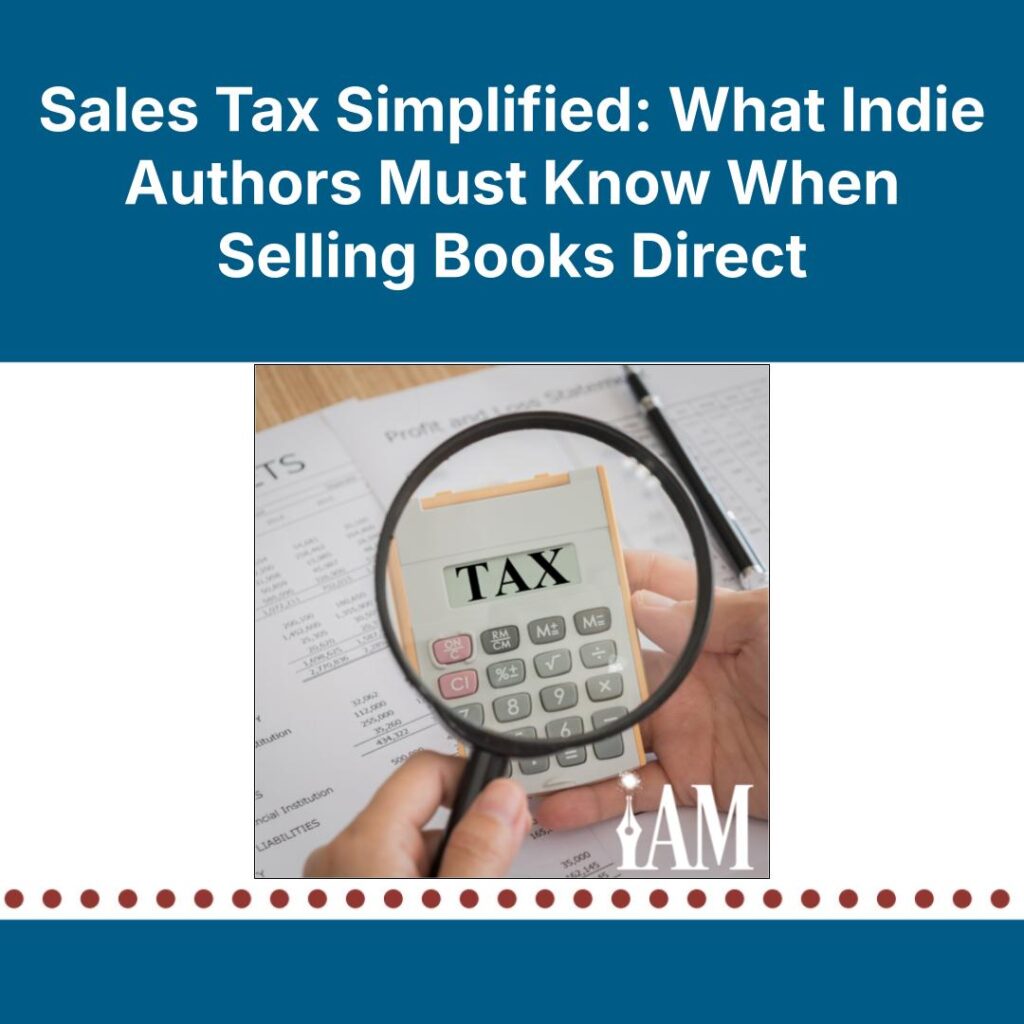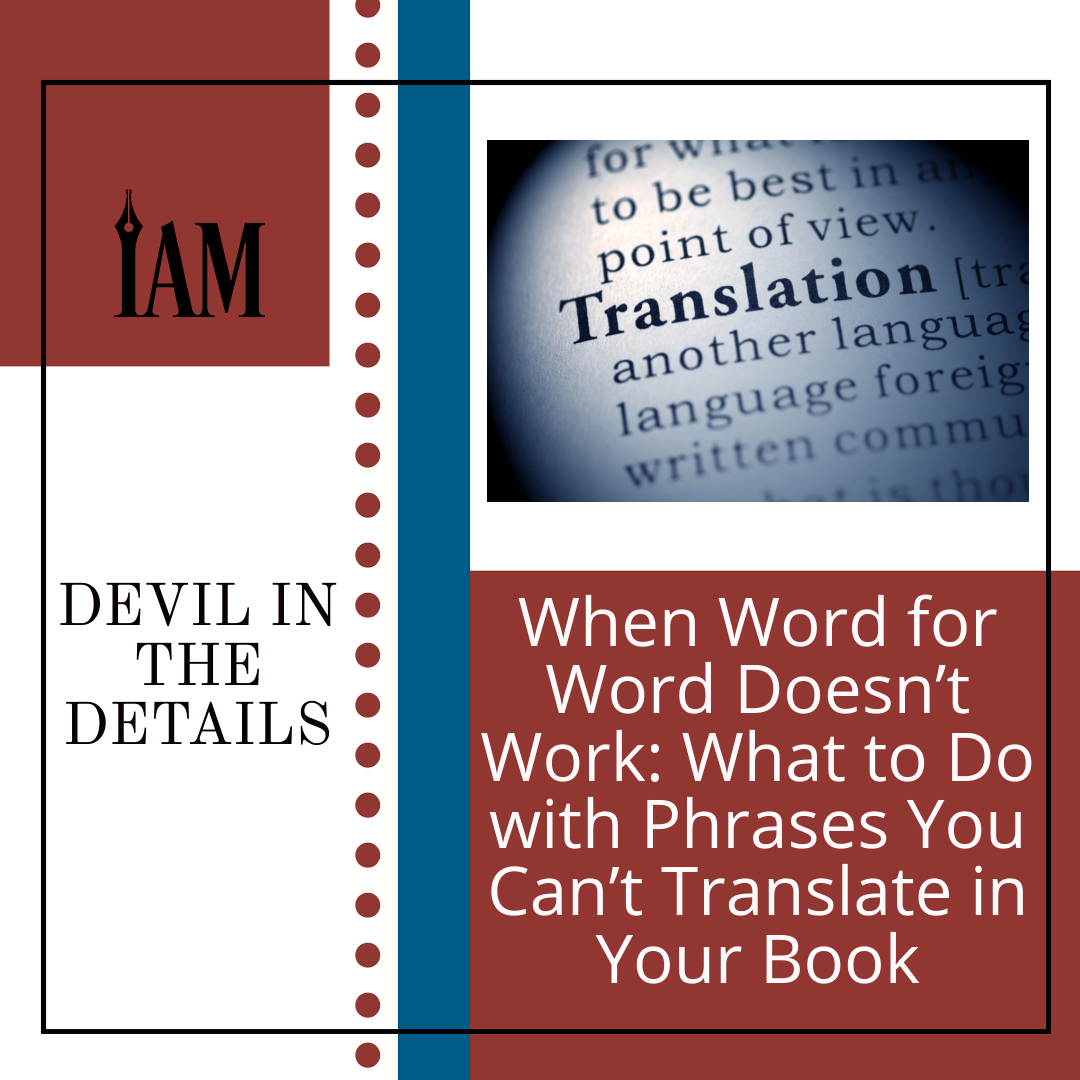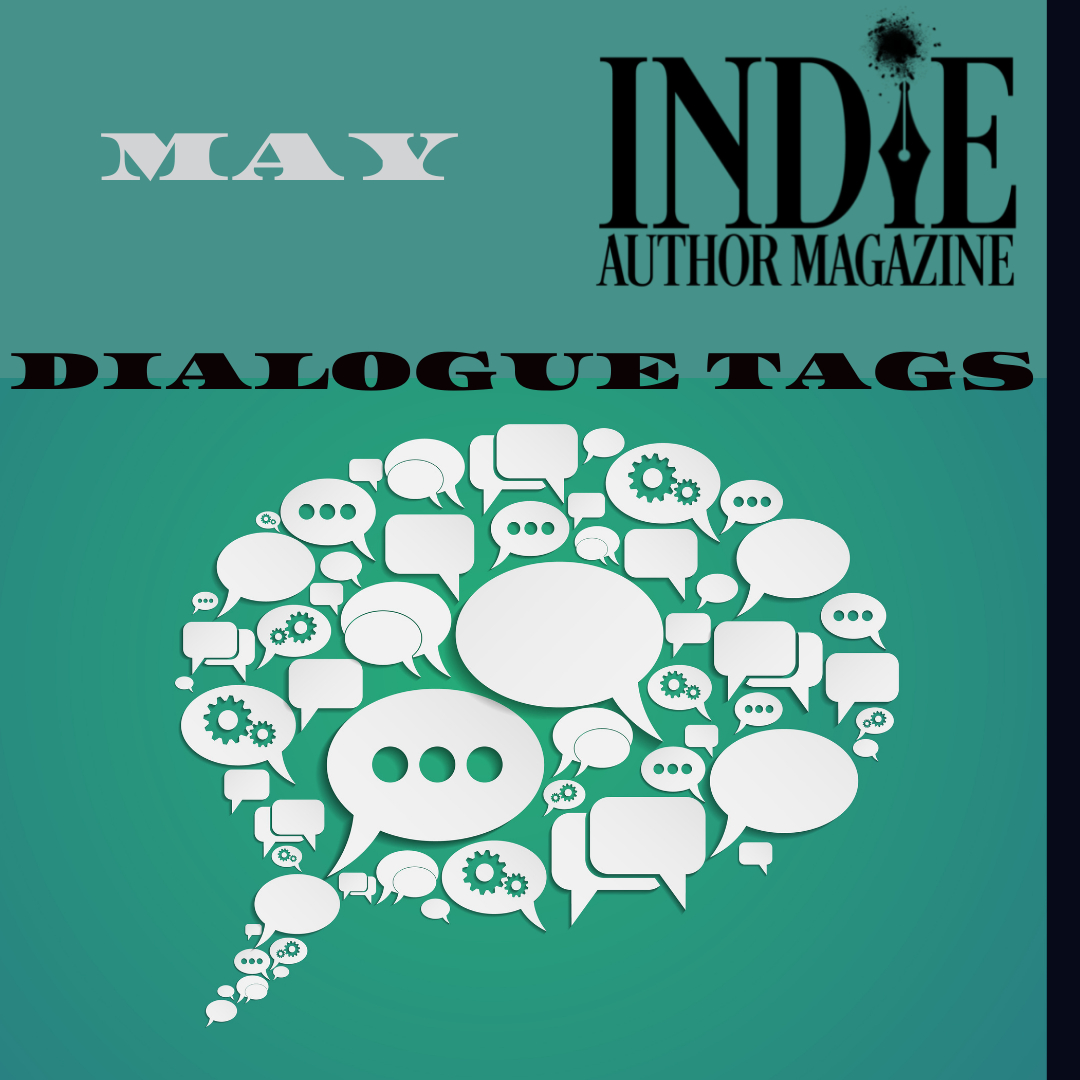Re-examining the Golden Rule of Fiction
As authors, the adage to “show, not tell” has been etched into our minds by well-meaning teachers from grade school to university. It’s for good reason. Showing detail rather than explaining things outright invites the reader to step into your story world and experience a character’s actions and emotions firsthand.
When you tell the story as a narrative shortcut without showing detail, the summarized events pull the reader back from the book’s world. But is telling the story as bad as writing guides make it out to be?
When used properly, telling can smooth the narrative flow and maintain your story’s pacing. The challenge is finding the perfect equilibrium between show and tell to enhance your novel.
Show, Connect, Captivate
Showing in writing allows readers to interpret your story on their own. By using sensory descriptions to highlight settings or characters, you can help the reader feel like they are part of the story, which can make reading it feel like an immersive experience. Give readers an idea of the sights, sounds, scents, and tastes of your world. Study the nuances of your locations, and note historical facts or interesting aspects that can make things seem real.
Bestselling author Diana Gaboldon recommends using at least three senses in any scene. If you highlight what the character sees and hears, then pick taste, scent, or touch to complement your details.
Showing the tension or conflict in a scene through actions and character dialogue can create a sense of drama and suspense. Show the way muscles move in the thrust of a punch. Describe the physical sensations of anger or heartbreak as your character experiences them. This allows your reader to feel right along with the character and can be one of the most powerful ways to “show” in your writing.
Tell, Simplify, Propel
Some frown upon excessive narrative telling in your story. But if you look at the books you love, you will discover many passages where it can be used to beneficial effect.
There is an efficiency in telling. You can convey simple facts via narrative, saving time and preventing long passages of description. It can be useful for summarizing events that are not crucial to the plot and help maintain a story’s momentum.
Incorporate your narrator’s inner monologue to your story, and you can tell a character’s internal thoughts and backstory without bogging down the reader. When talking about the history of a location, narrative telling can speed up the pace and convey important character information.
Telling can also be used to transition between scenes or time periods, which helps avoid jarring shifts in the reader’s perception. Far from being a technique to avoid, telling can be a powerful writing tool in any author’s arsenal.
Dual Dance, Singular Impact
Both showing and telling have their benefits. The trick is to learn the art of balancing the two techniques into a graceful tango.
As you write, ask yourself the following questions to guide you:
- Do I want readers to actively experience and visualize this, or is it background information?
- Is this a key aspect of character development that requires a more immersive approach?
- Does the pacing of the story demand a quicker transition than showing would allow?
- Are there subplots or secondary characters where telling would maintain focus on the main storyline?
- Are there scenes where showing would contribute to the richness of the world-building?
- What do I want the reader to remember most from this scene, and which approach serves that purpose better?
Showing slows the story but also imparts a richness that readers crave. Telling speeds up the pace of your tale and helps when you don’t want to overwhelm the reader with too much sensory detail. Give the reader only what they need to further your story and avoid repetition. Oppositely, if you write a narrative without substance, you risk the reader finding your work too shallow.
Striking the right balance in your writing is more an art than a science. Above all, you want to hold your reader’s interest so they keep the pages of your book open. The dogma of “show, don’t tell” is not always the best advice; instead, learning how to utilize both styles of writing effectively will shape you into a well-rounded, professional author.







